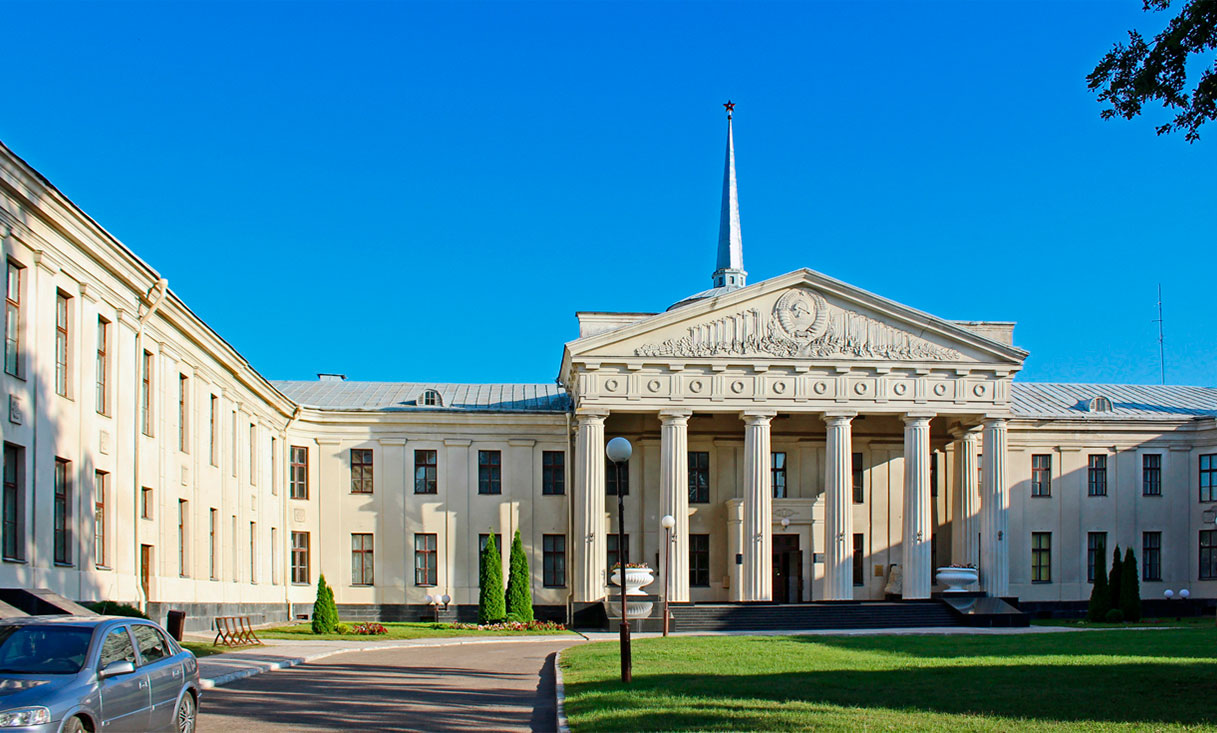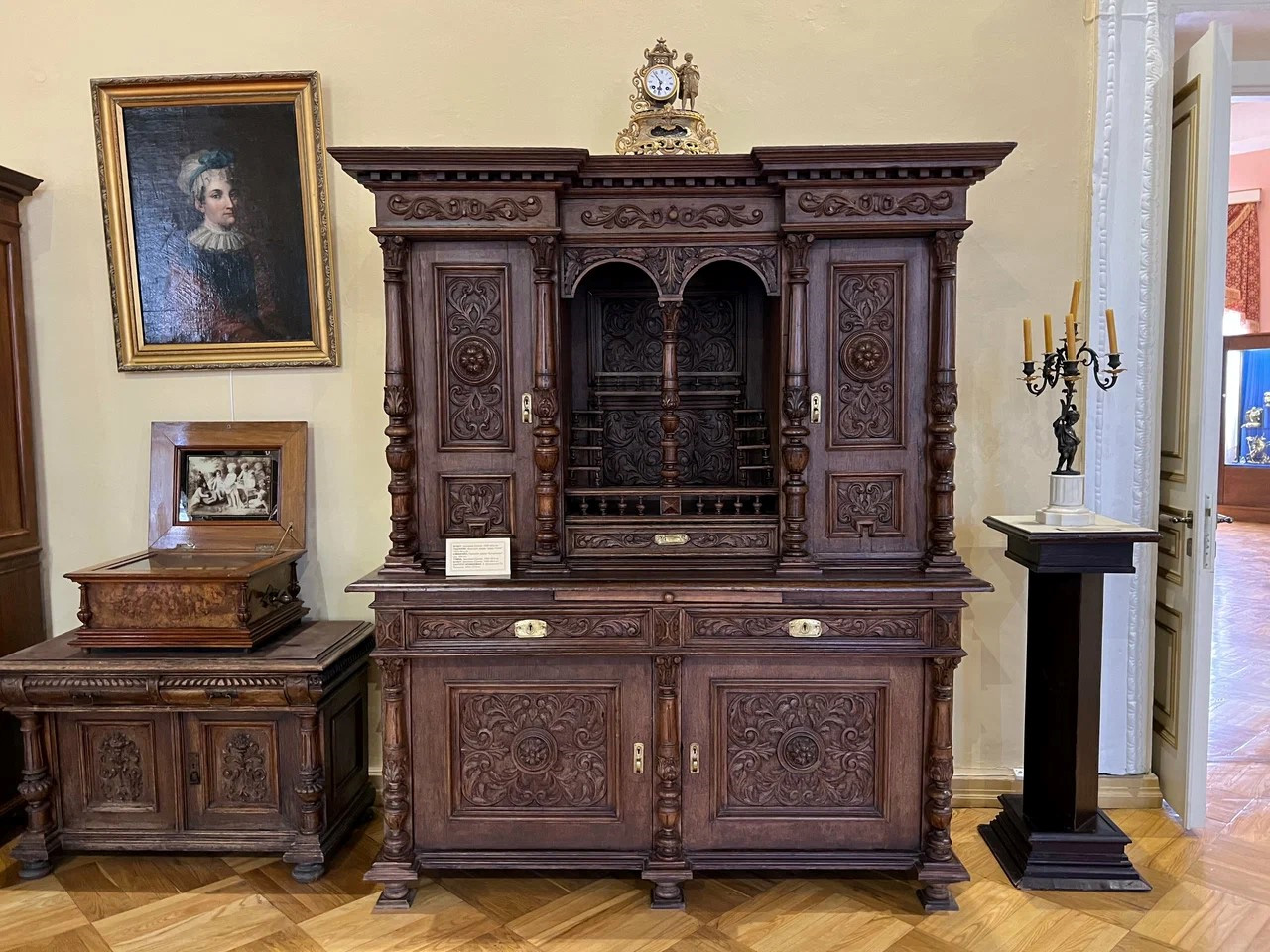This treasury received its first visitors more than a century ago and today has more than 170 thousand museum items in the main collection. History lovers can visit four sites at once: the Old and New Castles, the Museum of the History of Gorodnitsa, and the Museum of Maxim Bogdanovich. Together, they reveal in detail the rich history of the royal city and Belarus.
The old castle towers over the Neman. The facility was built during the time of Stefan Batory on the site of an ancient fortification erected by Vitovt. This is the only royal castle that has survived on Belarusian land.
A large-scale restoration of the monument began in 2017. Frescoes, stained glass, oak panels, forged decorations - specialists worked hard to restore the luxurious interiors. The richest decor is in the Alabaster Hall, which served as the king's resting place.

An exhibition dedicated to the history of the Castle Hill, the life of the townspeople in the 11th–13th centuries, and the role of Stefan Batory in the fate of our region has been operating in the reconstructed castle for several years now. Numerous archaeological finds are available to visitors. These include weapons and equipment, tools and household items, and construction materials. Truly unique artifacts are on display. These include ancient chess pieces, cannons and cannonballs, a gold ring, a brick with the Gediminids' coat of arms. The rich exposition is also filled with modern technologies. Studying the history of Grodno is even more exciting with the help of interactive showcases and touch screens. They seem to bring ancient items to life.
In one of the castle halls, you try on the role of a printer. During the master class, you will be introduced to the process of creating an engraving from preparing the form to obtaining a print. As a souvenir, you will be left with hand-made prints with views of the city and its coat of arms.
The new castle was built during the reign of Augustus II the Strong as a summer residence for the king and a place for holding sejms. The monument has experienced many losses and transformations. Today, the old layout has been partially preserved. The historical premises house exhibitions dedicated to the fate of the castle, ancient monuments of the Neman land, sacred art, weapons, different periods of the past and the nature of Grodno region.
Young visitors to the museum will not get bored either. Fascinating quests around the exhibits have been prepared for different age groups. They will help to learn the most important events and personalities of Belarusian history in an interesting way. Children are also invited to folk puppet theater batleika performances on religious and historical themes. For example, one of the performances is based on the legend of Saint Hubert, who has long been revered by Grodno residents.

By the way, you can visit the permanent and temporary exhibitions for free - on the last Tuesday of the month. In addition, schoolchildren, as well as students of vocational and secondary specialized institutions, will be given a free tour on the last Wednesday of the month. Those interested just need to register in advance.
Maxim Bogdanovich Museum is located in the house where the poet's family lived for some time. The future classic spent his childhood here. The exhibition tells about Grodno period of the Bogdanovichs and the development of Belarusian literature in the 19th and 20th centuries. A special atmosphere has been preserved in the memorial rooms: the study of father Adam, the living room, the women's room and the children's room. The pride of the museum is Maxim's personal belongings and his first photograph, the original edition of the collection "Vyanok", books and manuscripts.
Gorodnitsa History Museum is located in the only one of 20 houses built in the 18th century for foreign craftsmen. The exhibition reflects the activities of Antoni Tyzenhaus. This famous reformer turned former village Gorodnitsa into an advanced city district. The museum displays a model that enables to assess the scale of the transformations: an entire ensemble of industrial, residential, administrative and cultural buildings was erected using the latest methods of the time. Fabrics, belts, glasses — the exhibition presents unique examples of products from Grodno manufactories.